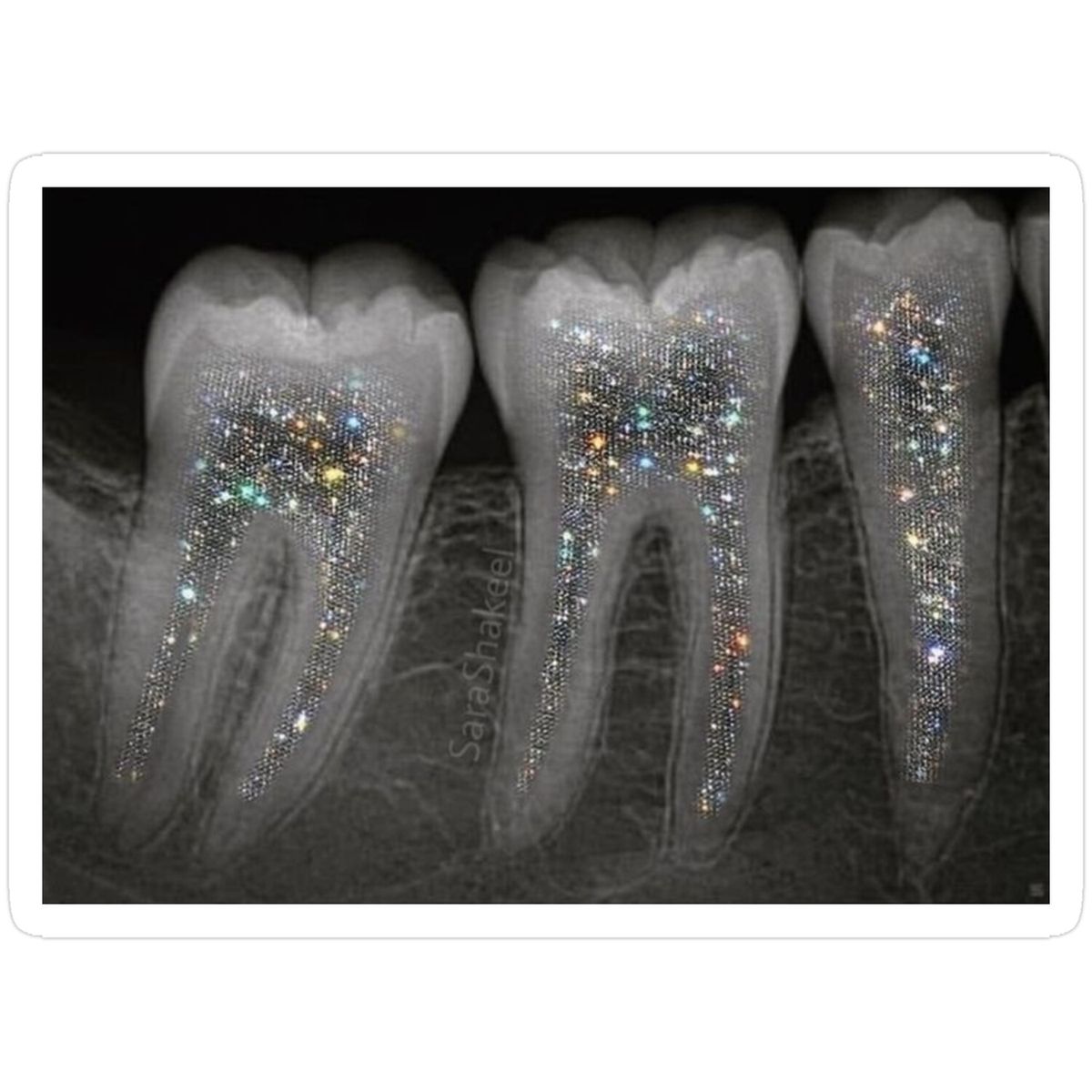Dentistry is no longer just about drilling, filling, and replacing what’s broken. A quiet but powerful shift is taking place — one that redefines healing as a process guided by biology, not just technology. For years, dental care has focused on managing symptoms: repairing decay, extracting damaged teeth, or controlling infection. But as we move deeper into this decade, a more nuanced, regenerative philosophy is emerging — one that respects the body’s ability to rebuild itself when supported wisely. Regenerative healing in dentistry is now grounded in real science and clinical application. It’s helping the body regrow lost structures like dentin, pulp, and bone — not through force, but through cooperation. This article takes you inside this evolution: what regenerative dental care looks like in 2025, why it matters, and how it’s changing everything from prevention to post-surgical recovery. If you’ve ever wondered whether dentistry could feel more human, more intuitive, and more long-lasting — this is the moment to pay attention.
“Healing doesn’t always come from adding more — sometimes it begins by listening to what the body already knows how to do.”
At its core, regenerative healing in dentistry is a paradigm shift — moving away from artificial replacements and toward biologically driven restoration. Unlike conventional treatments that rely on synthetic materials like amalgam and composite fillings or titanium and ceramic implants, regenerative techniques stimulate the body’s own healing processes. For instance, the use of Platelet-Rich Fibrin (PRF) — a concentrate derived from the patient’s own blood — has been shown to accelerate soft tissue regeneration and bone growth around implants, dramatically improving recovery and outcomes. Researchers like Dr. Pamela Yelick and Dr. Harold Slavkin have emphasized the importance of stem cells, growth factors, and biocompatible scaffolds in regrowing dentin and even dental pulp, allowing damaged teeth to regain vitality rather than be removed. These advances aren’t limited to the lab — they’re now part of daily clinical practice in forward-thinking clinics. Pioneering in biologically aligned dentistry means integrating the understanding that: “The future of dental care lies in working with the body’s intelligence, not against it.” This approach doesn’t just heal the tooth — it restores trust in the body’s capacity to renew itself.


While the promise of regenerative dentistry is undeniably exciting, many patients and practitioners still have questions: Is it safe? Is it accessible? Will it replace traditional treatments entirely? The answer lies not in replacing existing methods, but in integrating regenerative principles where they offer the greatest benefit. For example, in periodontal disease — a leading cause of tooth loss — regenerative therapies using bioactive membranes and growth factors are now helping rebuild lost bone and soft tissue, reducing the need for more invasive surgeries. In pediatric cases, stem cell-based pulp revascularization is offering children a chance to retain immature teeth once destined for extraction. Still, these advances depend on clinical context, patient-specific factors, and ongoing research. Experts caution that while regeneration holds immense potential, it must be guided by rigorous science, careful patient selection, and ethical standards, especially as technologies like gene editing and whole-tooth engineering enter experimental phases. This nuanced view helps ground the enthusiasm, positioning regenerative healing not as a miracle cure, but as a powerful, evolving tool in a broader, more personalized dental care strategy.
Trusting Biology, Embracing Change
As we stand at the edge of a new era in dental care, regenerative healing offers more than advanced technology — it offers a return to the body’s natural rhythm. No longer limited to treating symptoms or replacing what’s been lost, modern dentistry is learning to collaborate with the body’s own intelligence. From stem-cell based therapies to platelet-rich biomaterials, we’re witnessing a shift toward healing that is biologically attuned, less invasive, and deeply restorative. These tools aren’t theoretical; they are already transforming care, especially in fields like periodontics, implantology, and endodontics.
In her practice, Dr. Saria Gebeily bridges this science with a broader philosophy: one that honors the emotional and somatic dimensions of healing. Her work invites patients to see oral health not as an isolated function, but as a vital part of the body’s interconnected systems — neurological, fascial, emotional. In this way, regenerative dentistry becomes more than technique; it becomes testimony to the body’s wisdom, and to the kind of medicine that listens rather than imposes.
We are in a moment of transition — where evidence-based innovation meets ancestral knowing. The future of dentistry is not just in what we build, but in how we learn to support what was always there, waiting to heal.


Leave a Reply